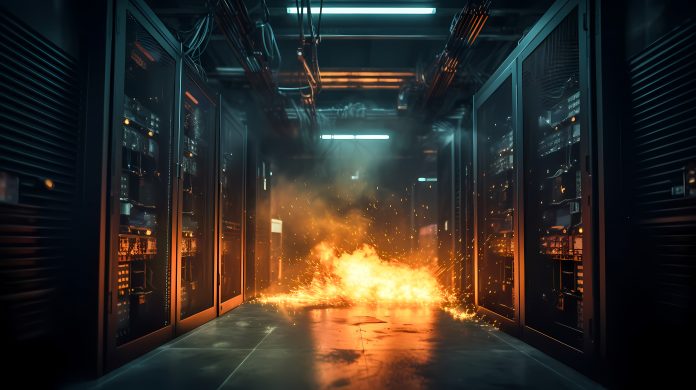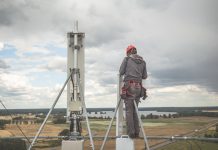As a managed cloud service provider, Firstserv Ltd takes its responsibilities towards disaster recovery and high availability solutions seriously and is committed to providing these for your business
Any good system targeting the public or the private audience must be built to expect the unexpected. There are no perfect systems, and at some point, something will happen that will render a system inoperative, such as a major building fire, power loss, flood, hurricane, earthquake, human error, and so on. There are so many possible ways that systems can fail, so they need to be designed with the expectation that failure will occur.
Due to such worries being so prevalent, many organisations are investing a large proportion of their budget in solutions that ensure they remain up and running if the worst scenario happens. Whilst it is widely recognised that such measures are needed, there is naturally some discussion and confusion around what solution provides the greatest level of protection.
High availability versus disaster recovery?
Two related but often confused topics play into a system architecture that mitigates against failure: high availability (HA) and disaster recovery (DR). High availability eliminates a single point of failure, and disaster recovery is the process of returning a system to an operational state when it is rendered inoperative. Disaster recovery takes over when high availability fails, so HA first.
High availability systems and services are designed to be available 99.999% of the time during planned and unplanned outages. Known as five nines reliability, the system is essentially always on.
If critical infrastructure fails but is supported by high-availability architecture, the backup system takes over. This allows users and applications to keep working without disruption and access the same data available before the failure occurred.
Disaster recovery refers to the policies, tools, and procedures organisations must adopt to bring critical components and services back online following a catastrophe. An example of a disaster is the destruction of a data centre caused by a major natural event like a hurricane, flood, or earthquake.
High availability is a strategy for managing small but critical failures in infrastructure components that can be easily restored. Disaster recovery is a process for overcoming major events that can neutralise entire infrastructures.
Both high availability and disaster recovery are important for enhancing business continuity strategy. Planning for high availability includes identifying systems and services deemed as indispensable to help ensure business continuity.
Four elements of high availability infrastructure
As mentioned, disaster recovery takes over when high availability fails. Therefore, our first focus is on high availability. Sebastian Tyc, CEO of Firstserv Ltd, outlines the four elements of high-availability infrastructure.
1: Redundancy
High availability infrastructure features hardware redundancy, software redundancy, and data redundancy. Redundancy means components in a high-availability cluster, like servers or databases, can perform the same tasks. Redundancy is also indispensable for fault tolerance, complementing high availability and disaster recovery.
2: Replication
Replication of data is indispensable to achieving high availability. Data must be replicated and shared with the same nodes in a cluster. The nodes must communicate with each other and share the same information so that anyone can step in to provide optimal service when the server or network device they are supporting fails. Data can also be replicated between clusters to help ensure high availability and business continuity if a data centre fails.
3: Failover
A failover occurs when a process performed by the failed primary component moves to a backup component in a high-availability cluster. Best practice for high availability and disaster recovery is to maintain a failover system that is located off-premises in another location. Administrators monitoring the health of critical primary systems can quickly switch traffic to the failover system when primary systems become overloaded or fail.
4: Fault tolerance
High availability and disaster recovery are both important to ensure business continuity. They help organisations build high levels of fault tolerance, which refers to a system’s ability to keep operating without interruption, even if multiple hardware or software components fail.
Fault tolerance is expected to work continuously and avoid downtime altogether, while high availability is focused on delivering minimal downtime. A high availability system is designed to provide 99.999% or five nines. Operational uptime expects to see 5.26 minutes of downtime per year.
The fault-tolerance design aims to prevent a mission-critical application from experiencing downtime.
High availability and fault tolerance complement each other in that they help to support disaster recovery. Most business continuity strategies include high availability, fault tolerance, and disaster recovery measures. These strategies allow the organisation to maintain indispensable operations and support users when facing critical failure.


This work is licensed under Creative Commons Attribution-NonCommercial-NoDerivatives 4.0 International.











